What's New In Robotics This Week - Jul 15

Posted on Jul 15, 2016 7:00 AM. 6 min read time
Ford tests co-bots; Stingray bot uses live rat cells; BP's microsubs; China's eldercare robot; robot cheerleaders showcase robo-car tech... and much more. Find out what's happening in our robotics universe this week. We hope that the news we have selected will interest and amuse you. Enjoy!
Ford Tests Collaborative Robots in German Ford Fiesta Plant (ZDNet)
Auto manufacturer Ford is trialing co-bots for use on its assembly lines in Cologne, Germany.
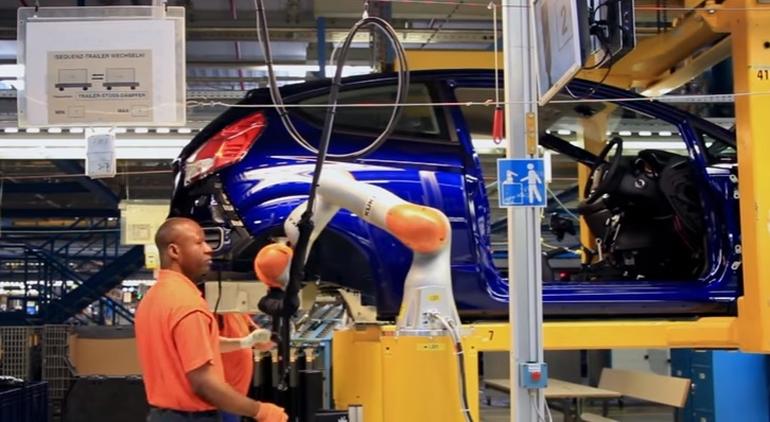
Co-bots are being used to help workers fit shock absorbers in Fiesta cars. The robots and humans team up for accuracy, strength and dexterity. Robots are used to lift and position shock absorbers into a wheel arch. A button is pushed to complete the installation.
The co-bots, developed with German robot manufacturer, KUKA Roboter GmbH, are a bit more than 3 feet high and work with workers at two stations. The co-bots stop immediately if its sensors detect and arm or finger in the path.
Some 1,000 workers are expected to provide feedback on their experiences, which should provide a wealth of insight on human-robot interaction in collaborative spaces.
Stingray Robot Uses Light-Activated Rat Cells to Swim (LiveScience)
Harvard scientists have developed a stingray-inspired robot that uses genetically-engineered rat cells for locomotion. The rat cells were engineered to react to light, allowing scientists to control the bio-robot's movements by sending pulses of light to the device.
Researchers were able to guide the robot through a simple obstacle course using this technique, with the bio-robot swimming at a speed of about 0.06 inches (1.5 millimeters) per second over a distance of about 9.85 inches (250 mm).
Containing about 200,000 rat heart-muscle cells, the robot measures 0.63 inches (1.6 centimeters) long and weighs just 10 grams (0.35 ounces). The robot swims in a liquid that is loaded with sugar that serves as fuel, the researchers said.
"It's alive, but it's not an organism — it can't replicate, it can't reproduce," Parker [lead author on the paper published this week] told Live Science "We make them in batches of five or six, and they live about a week, maybe less."
In the long-term, Parker's goal is to create replacement organs for children. In the short-term, Parker's team plans to build another marine life-inspired robot to further test their skill set.
Robot Technology Is Making Beer Brewing Better Now (TIME)
Just in time for the weekend, news that London-based IntelligentX is using artificial intelligence via Facebook feedback from customers to improve their brewing processes.
Our AI, ABI, can have a conversation with all our customers, and that gives us the feedback that allows our beer to evolve,” said co-founder Dr. Rob McInerney, in the company’s first video. Drinkers simply tell the bot when any of their four beers — Amber AI, Black AI, Golden AI and Pale AI — aren’t up to scratch. This way, using automatic brewing intelligence, (what McInerney calls ABI for short), the computer makes its own informed decisions in order to tell a human master brewer how to tweak the flavor.
BP Touts Microsubs' Potential (EPOnline)
British Petroleum is working on robotic microsubs for marine inspection and other tasks. The robots can provide photography and detailed information about underwater conditions, including hydrocarbon and methane readings.
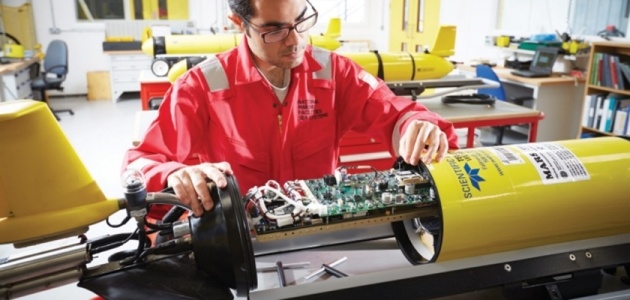
Developed in collaboration with manufacturer Planet Ocean, the Marine Robotics Innovation Centre at the UK's National Oceanography Centre, and the Scottish Association of Marine Science, the 50cm autonomous underwater vehicles (AUVs) are currently being tweaked in preparation for their first trials in the North Sea in December 2016.
"We're adapting a microsub to perform environmental surveying that would normally be done at considerable cost using large-scale AUVs or remotely operated vehicles," said Joe Little, technology principal in BP's digital innovation team.
"When you have numerous units working intelligently, the speed of work and the volume of data and information you get is very impressive," said Petet Collinson, BP's global environmental response expert and Little's partner in the project. If the trials are successful, BP intends roll out a fleet of microsubs for environmental and operational monitoring and also crisis response planning, as soon as next year.
Service Robot for Elderly Promising (China Daily)
Roboticists at Shandong University's Cloud Intelligent Robotics Laboratory, China, are working on "Da Zhi" --a 62mm-high service robot aimed at the elder care market.
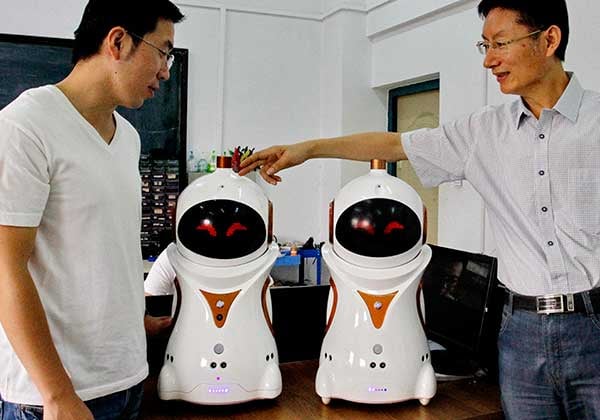
According to its developers, the little robot (which is expected to retail at around $1,500 when it goes on sale later this year) is designed to help elderly people detect intruders, gas leaks and other dangers.
China's elderly population, defined as those aged 60 and above, reached 169 million last year, according to the China National Committee on Aging.
Experts have estimated that this number is likely to reach 300 million by 2030, and more than 200 million of them will live alone.
Da Zhi uses facial recognition to detect strangers and employs chemical sensors for detecting odors. If the robot detects that its owner has fallen over, it will send photos or videos of the incident to an emergency contact.
Robot Cheerleaders Demonstrate Today's Advanced Car Technology (Mashable)
A team of robot cheerleaders developed by Japanese electronics maker Murata brought their gyroscopic magic to Singapore this week.
Koichi Yoshikawa, the spokesperson for Murata's development team, told Mashable that the cheerleaders each contain three gyro sensors working at a rate of 1,000 calculations per second to keep their bodies upright on the balls and move them in the right direction.
The robots communicate with two panels equipped with ultrasonic and infrared sensors (similar to what the Xbox Kinect uses) that recognize them and synchronize them with the computer program.
"This prevents them from colliding," said Yoshikawa.
The robots --which were developed to showcase Murata's capabilities developing sensors for industrial clients and robot car designers-- have been a round a while (see video below), but they're getting better all the time, just like the firm's sales to auto manufacturers, which increased by around 10%, year-over-year, in 2015.
And Finally...
Collaborative robot report predicts ‘phenomenal’ growth (MMH)
A Robot May Soon Fix Your Car (Fortune)
Use of Dallas 'bomb robot' to kill revives police militarization issue (Reuters)
The facial expressions of skilled professionals (imgur)
NUS unveils robot swan at Singapore's International Water Week (CNBC)
Unity between human and social machines: What if we humans were anthrobots? (Robohub)
AT&T wants drones to provide cell service at concerts (The Verge)




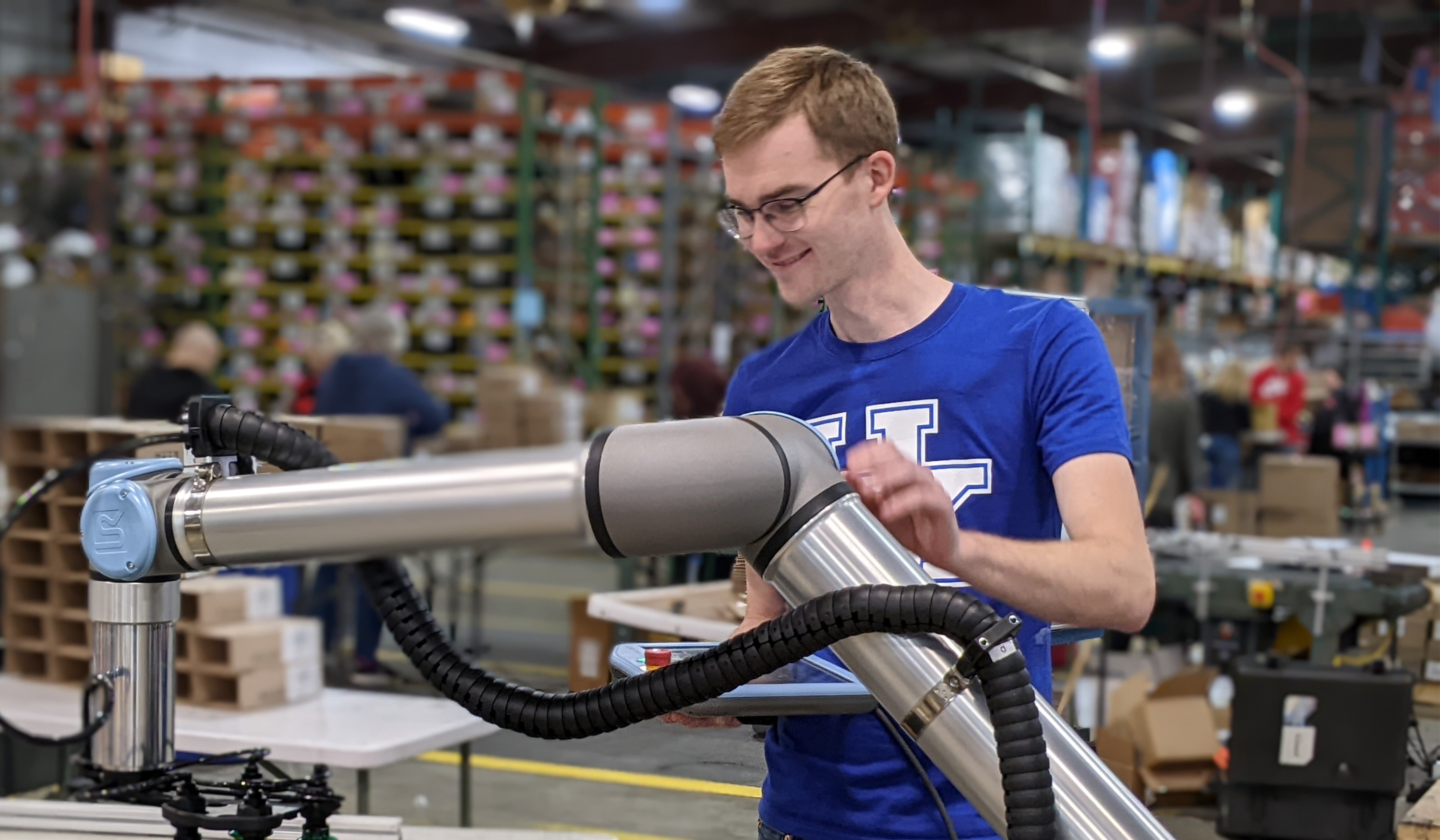

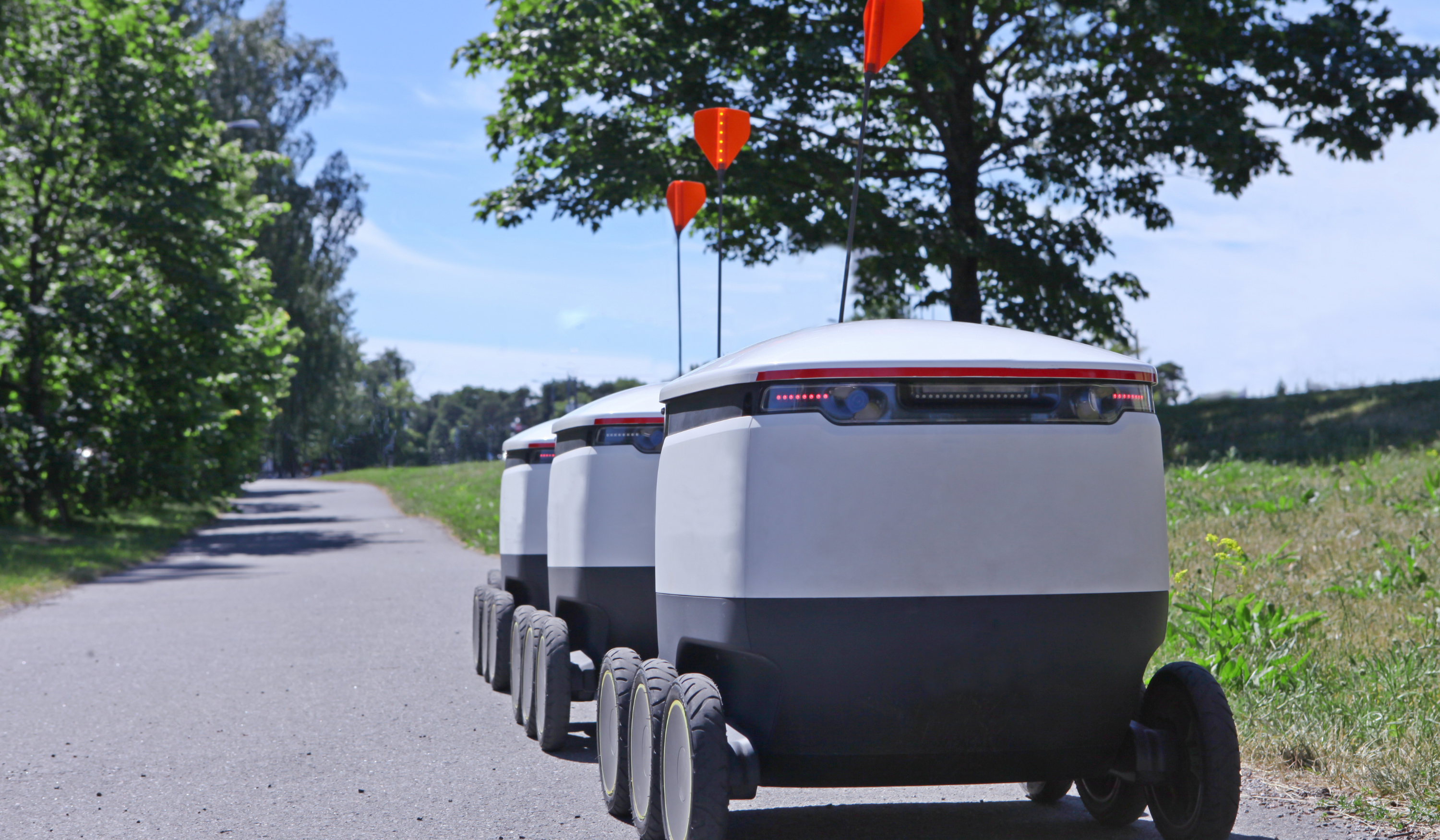

Leave a comment